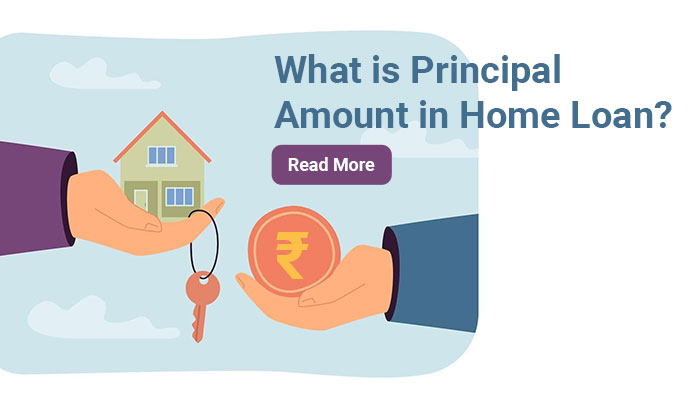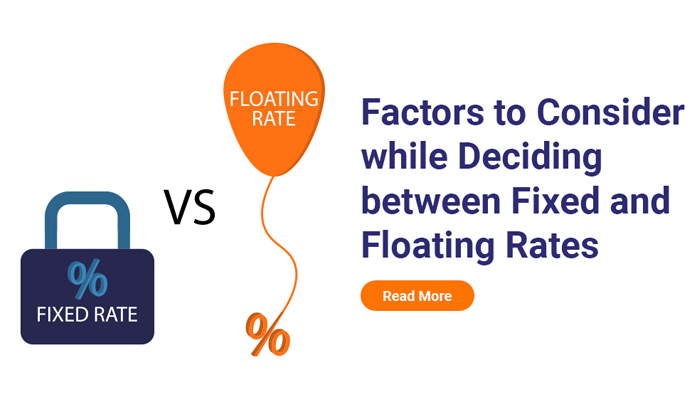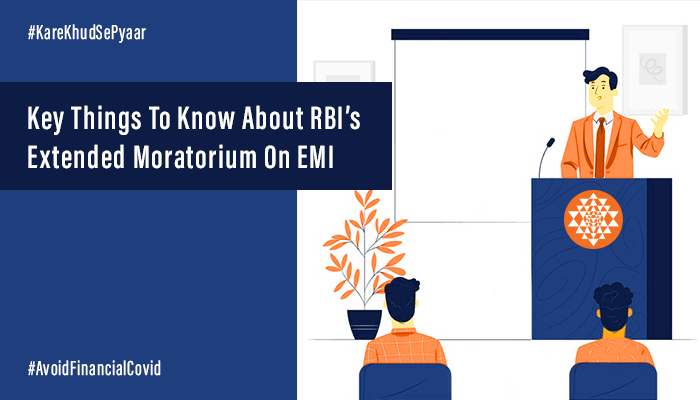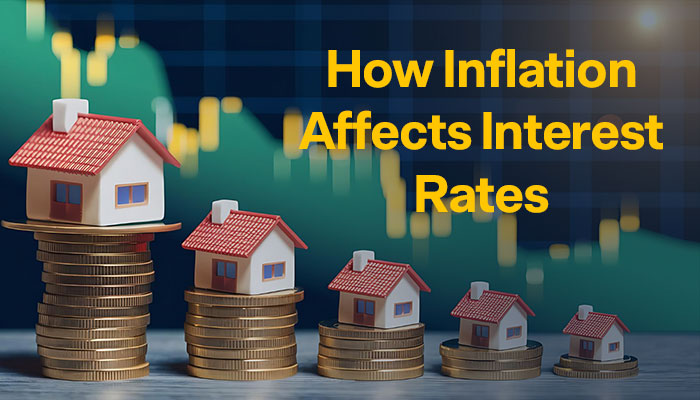Understanding Home Loan Principal Amount: Things You Need to Know

The principal amount in a home loan is the foundation upon which your mortgage is built. It represents the sum you borrow to purchase your dream home, excluding additional costs. Recognizing the significance of the principal amount is crucial for prospective homeowners, as it impacts loan repayment, interest calculations, loan tenure, equity buildup, and EMI calculations.
What Does the Principal Amount in Home Loans Mean?
The principal amount in a home loan is the absolute sum of money borrowed from a financial institution or lender to purchase a residential property, excluding any additional fees, interest, or taxes. In simple terms, it's the base loan amount that determines your total repayment to become a homeowner. For example, if a property costs Rs 10 Lakhs and your lender covers 75% of it, your loan principal would be Rs 7.5 Lakhs, requiring a Rs 2.5 Lakhs down payment.

Please note that the interest charged is over and above the principal amount. Your final EMI comprises both the principal amount and the interest charged. You should consider using IIFL Home Loans' EMI calculator for accurate estimates.
How Does Housing Loan Principal Repayment Work?
Each mortgage payment includes a portion of the principal amount and the interest accrued on the outstanding balance. Over time, the ratio of principal to interest in your mortgage payments gradually shifts in favour of the principal as the loan balance decreases.
Here's how housing loan principal repayment works:
Monthly Instalments: When you make your monthly mortgage payments, a portion goes towards reducing the principal balance while the rest covers the interest accrued.
Amortization Schedule: Your lender will provide you with an amortization schedule, which outlines how your mortgage payments will be allocated between principal and interest over the loan term. Initially, a larger percentage of your payment goes towards interest, but this balance shifts over time.
Equity Buildup: As you continue to make regular payments, you'll gradually build equity in your home, which is the value of the property you truly own. This equity increases as your principal balance decreases.
How to check the outstanding principal amount of your home loan?
Please check the following to calculate the remaining principal balance at any given moment.
Loan Statement from Lender

Lenders usually send regular statements that show your outstanding principal balance, interest paid, and other important details. The frequency of these statements depends on the lender's policy and can be monthly, quarterly, or annually.
Loan Amortization Schedule
When you initially obtained your loan, your lender should have furnished you with a comprehensive amortization schedule. This schedule meticulously details each EMI (Equated Monthly Instalment) payment, explicitly specifying the allocation of funds towards both the principal and interest components.
Online Banking or Lender's Website
Many banks and financial institutions provide online access to your loan account. Log in to your online banking account or visit your lender's website and navigate to the loan section. You should be able to view your outstanding principal balance, transaction history, and other details.
Wrapping up!
Given the significance of the principal amount in home loans, you must arrive at the right amount for your new home. Begin by taking a close look at your current financial situation. Determine how much you can realistically allocate to your monthly mortgage payment without jeopardizing your overall financial stability. Decide how much of a down payment you can afford. A larger down payment reduces the principal amount you need to borrow and can also lead to better loan terms and lower interest rates.
It is important to read more and do your due diligence before getting a home loan. Read our blogs or consult with experts at IIFL Home Loans for more insights. They can help you assess your financial situation and goals and provide recommendations based on your specific circumstances.
FAQs
1. Can we prepay both the principal amount and the interest?
Due to the fact that interest is calculated based on the remaining balance, it is a prudent choice to prepay the principal amount, as doing so effectively lowers the overall interest incurred.
2. Is the loan sanction amount the same as the principal amount?
The sanctioned amount represents the maximum sum a lender is prepared to extend to you. The principal amount, on the other hand, is the actual borrowed sum, which may be either less than or equal to the sanctioned amount.
3. How does prepayment of home loans work?
When taking out a home loan, the principal amount is the final amount you borrow, which may be equal to or less than the sanctioned amount. If you wish to make extra payments towards your mortgage, this is called prepayment. Doing so can lower the outstanding principal balance and shorten the loan term, ultimately saving you money.
4. How to calculate the principal loan amount?
The formula to calculate the loan principal (P) is P = I/rt, where I is interest amount, r is interest rate, and t is tenure.
Tags
Disclaimer: The information contained in this post is for general information purposes only. IIFL Home Finance Limited (including its associates and affiliates) ("the Company") assumes no liability or responsibility for any errors or omissions in the contents of this post and under no circumstances shall the Company be liable for any damage, loss, injury or disappointment, etc. suffered by any reader. All information in this post is provided "as is", with no guarantee of completeness, accuracy, timeliness, or of the results, etc. obtained from the use of this information, and without warranty of any kind, express or implied, including, but not limited to warranties of performance, merchantability, and fitness for a particular purpose. Given the changing nature of laws, rules, and regulations, there may be delays, omissions, or inaccuracies in the information contained in this post. The information on this post is provided with the understanding that the Company is not herein engaged in rendering legal, accounting, tax, or other professional advice and services. As such, it should not be used as a substitute for consultation with professional accounting, tax, legal or other competent advisers. This post may contain views and opinions which are those of the authors and do not necessarily reflect the official policy or position of any other agency or organization. This post may also contain links to external websites that are not provided or maintained by or in any way affiliated with the Company and the Company does not guarantee the accuracy, relevance, timeliness, or completeness of any information on these external websites. Any/ all (Home/ Loan Against Property/ Secured Business Loan/ Balance Transfer/ Home Improvement Loan/ NRI Home Loan/ Home Loan for Uniformed Services) loan product specifications and information that may be stated in this post are subject to change from time to time, readers are advised to reach out to the Company for current specifications of the said (Home/ Loan Against Property/ Secured Business Loan/ Balance Transfer/ Home Improvement Loan/ NRI Home Loan/ Home Loan for Uniformed Services) loan.
 Login
Login

















